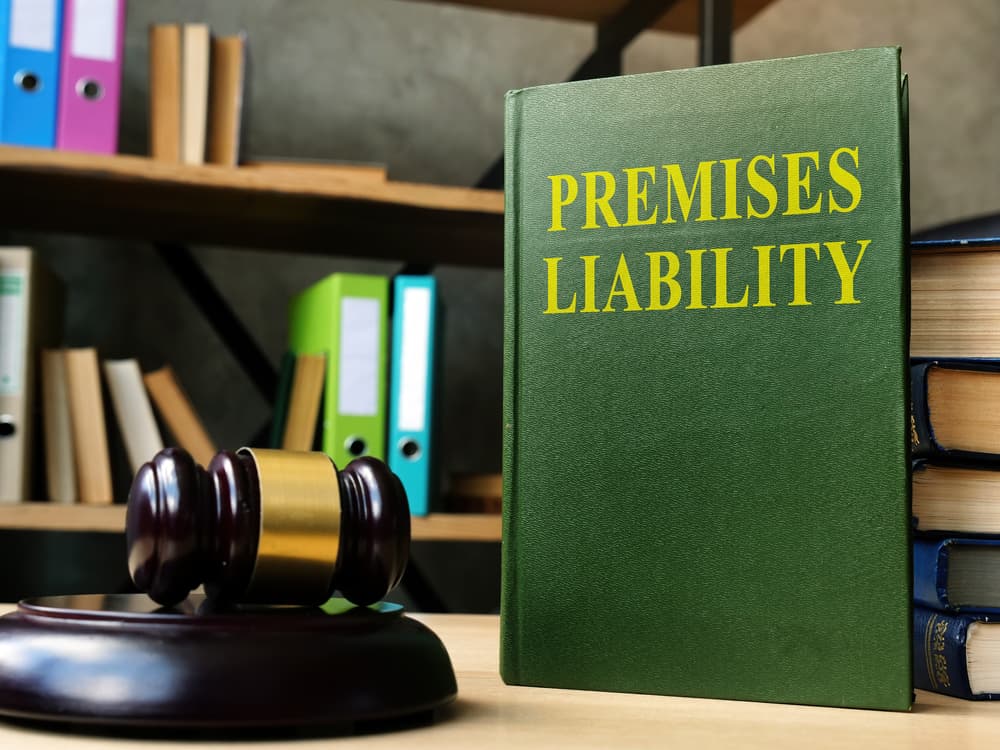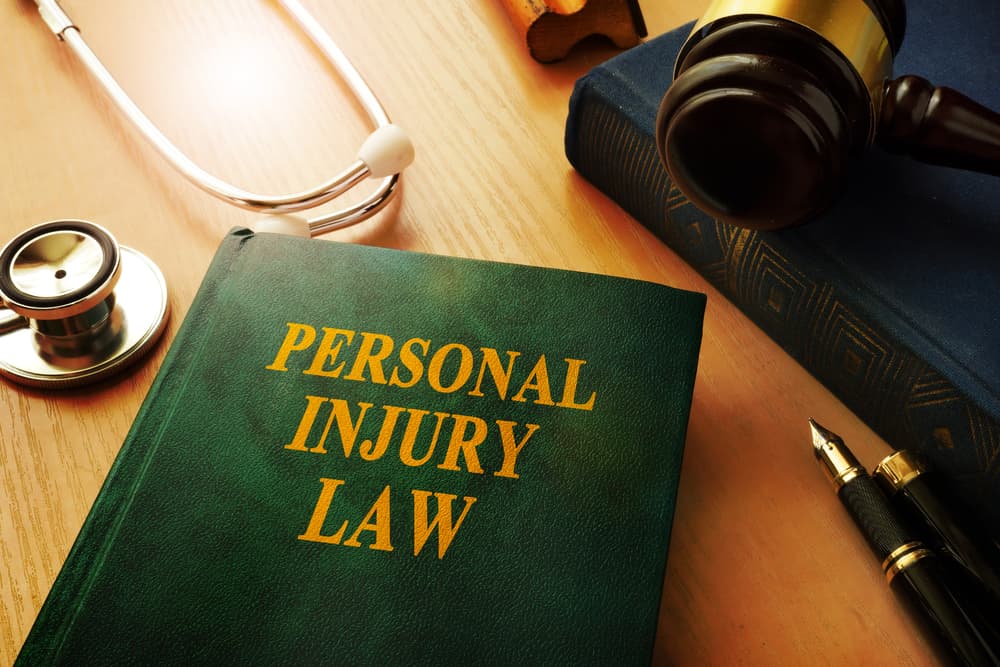
Many people experience injuries while they serve in the armed forces. Some accidents result in debilitating injuries. A person has to suffer from emotional anguish and deal with expensive healthcare treatment.
If you have a traumatic injury, you do not need to face the economic burden alone. The military does provide coverage when an active service member gets hurt. For traumatic wounds, TSGLI can offer financial assistance when you file a claim. Like many armed forces programs, you need to meet all the requirements for TSGLI.
What Is TSGLI?
Also called Servicemembers’ Group Life Insurance Traumatic Injury Protection, TSGLI is one of the program options for those with SGLI coverage. The insurance policy began in 2005, and only qualified losses can get reimbursement. Since the program’s implementation, over 18,500 injured service members have obtained $1 billion worth of claims.
Active and reserve members of the uniformed services can sign up for TSGLI if they are eligible. While serving in the military, a person may suffer from a traumatic injury. Even though the financial support is short-term, the insurance can help service members recover. The amount of money varies based on the type of injury. Some service members and veterans do not know TSGLI is an option until years later.
Overall, the coverage does not have a statute of limitations. A person can still file a claim for their traumatic injury to receive benefits as long as they are eligible. However, the injury should have occurred sometime after 2005. For retroactive TSGLI benefits, the loss should have happened after 2001 but before 2005. All injuries must take place within two years of the traumatic event.
Common Traumatic Injuries
Service members of any branch can sustain various types of severe injuries. They generally enter environments with a high risk of danger. Toxic chemicals, shrapnel, and weapons can injure the eyes. A person might need surgery or sustain a loss of eyesight after an accident.
When someone is in active combat, they could develop spinal cord injuries and traumatic brain injuries. A service member can experience a loss of speech and hearing. A traumatic event can result in disfigurement and limb loss as well. Several people can suffer a serious non-combat injury. An estimated 60 percent of soldiers obtain musculoskeletal injuries outside of battle and have limited duty days as a result.
Traumatic musculoskeletal injuries include damage to the bones, ligaments, tendons, and muscles. Female service members have a higher chance of musculoskeletal wounds than men. Older soldiers are at an elevated risk as well. A person could get burns from internal explosions on ships and radiation accidents. Incidents may involve people using military aircraft. The misuse of weapons or a faulty weapon can cause traumatic injuries.
Regardless of the accident, the damages can have lasting effects on service members. Some of them may qualify for financial aid from TSGLI coverage as long as they meet the criteria.
What Makes Someone Eligible for TSGLI?
You already have TSGLI coverage if you have SGLI. Nevertheless, someone needs to check the list of criteria beforehand if they want to file a claim. Only eligible claimants can receive short-term financial support. The first requirement is for service members to have had full-time SGLI coverage at the time of the traumatic event.
Of course, the injury should come from the list of scheduled losses. The loss had to have happened within two years or 730 days of the accident as well. A person has to receive a severe injury while they still serve in the armed forces. The time of eligibility to file a claim is before midnight of your last day of service before separation.
However, you do not need to be on duty at the time of the event. Another requirement is that you need to survive for seven full days. The clock begins ticking on the date and time of the traumatic incident.
What Makes Someone Not Eligible?
Some injuries do not qualify for TSGLI benefits, and the insurance might deny your claim. For example, a person becomes disqualified if the wound is a result of self-affliction. Another disqualifying factor is the use of a controlled substance or illegal drug. A service member gets no benefits unless a doctor has instructed them to take the substance.
Additionally, medical treatment of a disease or condition does qualify for benefits. An injury cannot be the result of either a physical or mental illness. The exceptions are diseases from wound infections, chemical or biological weapons, and accidentally ingesting a harmful substance. Some service members have the opportunity to file for an appeal after a denial. However, they have a limited time to do it. You should view the denial letter from your branch of service to see if you can appeal.
TSGLI Benefits
The premium for TSGLI coverage is $1 a month. The price is on top of what you have to pay for monthly SGLI costs. The amount you get in support for traumatic events depends on the type of injury. The reimbursement ranges from $25,000 to $100,000. Generally, a payment does go below $25,000, but the coverage cannot exceed $100,000. Multiple injuries can combine if they are from the same accident. The benefits include payments for permanent loss of hearing and total loss of eyesight for at least 120 days. Complete paralysis offers up to $100,000. The standards for paralysis include hemiplegia, quadriplegia, and paraplegia.
TSGLI also covers burns, loss of speech, amputations, and limb salvage. Surgery for the eyes or facial tissue can get someone $25,000 in support. A traumatic brain injury is worth $25,000 as well. A person obtains an additional $25,000 if the injury prevents you from performing at least two Activities of Daily Living for 15, 30, 60, and 90 consecutive days.
If any traumatic injury results in ADL loss, you can get $25,000 on the 30th, 60th, 90th, and 120th consecutive days. TSGLI also covers acute damage to the pelvic region. Once you receive the money, you can spend it at your discretion. The TSGLI program does not provide ongoing disability compensation.
What Should You Do After a Traumatic Accident?
The first step to take after a traumatic event is to seek medical care. The nature of the injuries usually requires the aid of a doctor. The treated injuries are less likely to become worse and lower a person’s quality of life further. Additionally, you can have documentation of the severity of your condition. Next, you should report the accident to your superior. Your superior makes a record of what occurred, and you should be honest in your account of how you obtained your loss.
Afterward, you can make a TSGLI claim if you are eligible. You must complete a form to apply for benefits. Then, you should mail, fax, or email the document to the appropriate service branch.
Lastly, you should consult a lawyer to understand your rights better. In some cases, the U.S. Department of Veteran Affairs denies a person’s claim. The service member cannot get the aid they deserve. An attorney fights on your behalf when you appeal.
How to Apply for TSGLI
After you begin treatment, you can go online to find the Application for TSGLI Benefits (SGLV 8600). You would fill out the sections in Part A and sign and date it. A licensed medical professional must fill out Part B before writing the date and their signature. Once both parties recorded the information, you would mail or email the form to your service branch. The addresses for each branch are on the first page.
Additionally, you must send supporting documents related to the loss. Documentation includes an accident report, medical summary, and patient discharge summary. Keep in mind the VA does not return any documents you send. You should have copies of all of your records.
How Long Does a Claim Take?
When a service member initially makes a TSGLI claim, they usually get a response in 30 business days. You generally have to wait the same amount of time for the VA to handle the first appeal as well. The process can go smoothly as long as all the proper documents are in order. Any inaccuracies or missing information can mean you have to wait longer. Some people wait around nine months if their claim reaches the final appeal stage. The reason is the TSGLI Review Panel oversees your claim.
Why Might the VA Reject a Claim?
The VA might deny your claim if they believe you do not meet TSGLI requirements. You can obtain the help of a lawyer to determine if you are eligible. Another reason is incorrect paperwork. Service members need to provide a lot of information on the benefits form. Someone might put down the incorrect description of the medical issue. Some people might forget to send additional documentation to support their claim. Paperwork mistakes could indicate pre-existing conditions and result in a denial.
You and your attorney should review your documents to make sure everything is present and correct. The VA might believe you do not have enough medical information. You need to have records to show how your injury makes you unable to perform at least two ADLs. You should wait until you have recovered enough to have sufficient medical information. Another reason is if the person got the injury while they committed or attempted to commit a felony. Many service members face challenges when they try to claim TSGLI benefits. A lawyer can help you understand your rights and whether you should appeal.
How to Appeal
Different reasons could justify an appeal. A person might have obtained new medical evidence, or they have proof the loss was not due to an illness. If you can appeal, you have to complete the TSGLI Appeal Request Form (SGLV 8600A). Usually, service members have one year to send in the form. Once you fill out the form, you need to sign and date it. You have to send the document to your branch of service’s TSGLI office. The address is available on the first page. The appeals process has three stages a claim can go through. The first phase is when you apply for reconsideration.
Upon denial, you can submit additional documentation to the TSGLI Appeals Board. The last stage is when you apply to the TSGLI Review Panel. The Panel has the final say on whether you receive benefits. Your best chance to win your appeal is to hire an experienced VA-certified lawyer who has won these cases before.
How Does the VA Send Payments?
The TSGLI program issues money through a one-time payment. You get a single payment to spend on any bills, ongoing care, and anything else you need. Service members only get multiple checks if they had more than one traumatic event with separate claims. Two or more relief payments of a single accident happen if the days of ADL loss progresses. Some people have multiple injuries from the same incident.
However, the program offers relief equal to the loss with the highest amount. The coverage has a cap on how much you can receive. You can choose the form in which the money arrives. You can opt-in for an electric transfer fund. On the benefits form, you would add your bank information. Once the VA accepts your claim, the money goes into your account.
Alternatively, a physical check can arrive at the specified address. Some people choose to send the payment to a Prudential Alliance Account. TSGLI establishes an interest-bearing account in your name to pay benefits.
Can a Family Member Receive TSGLI Benefits?
The service member is the primary recipient of a TSGLI payment. If the person is legally incompetent or deceased, then a loved one with a power of attorney receives the money. A family member can obtain a letter of guardianship to apply for benefits on the service member’s behalf.



